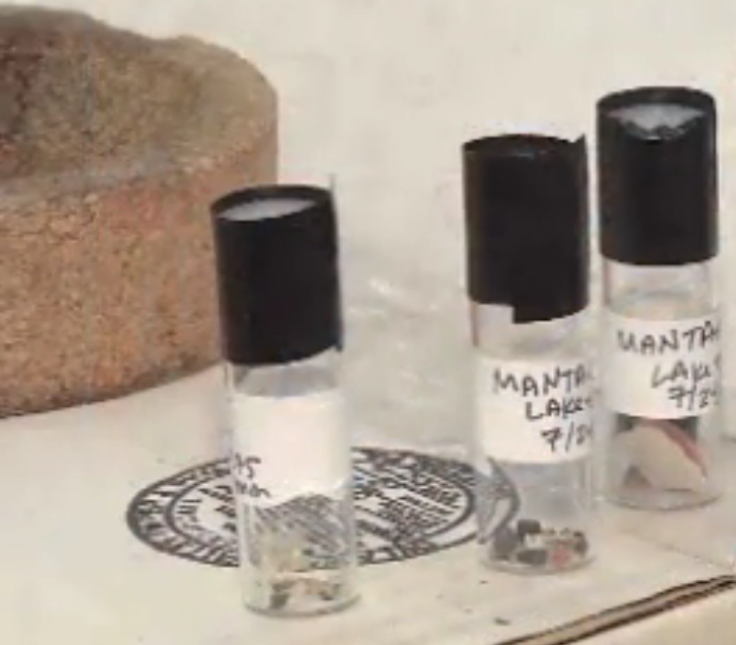Microbeads From Facial Cleansers May Be Polluting The Great Lakes With Plastic [PHOTO]


Those little beads that make your face feel so clean might also be causing serious damage to the eco-system. A study conducted by the 5 Gyres Institute, a Los Angeles-based research group studying garbage patches in five subtropical gyres, found that most of the Great Lakes are polluted with microbeads commonly used as exfoliants in cosmetic facial and body scrubs. They're made of plastic, and that's cause for concern.
Lakes Huron, Superior and Erie are filled with the tiny plastic beads that are less than a millimeter in diameter, according to survey results to be published this summer in Marine Pollution Bulletin. Two samples taken from Lake Erie alone had 600,000 microbeads per square kilometer (0.39 square mile).
"That's two times higher than any published number from any sample anywhere in the world," Dr. Sherri Mason, Ph.D. from SUNY Fredonia, who helped collect the samples, told WKBW.
Some samples came from larger pieces of plastic that broke into pieces over time, but most came from tiny beads flushed into lakes that are commonly used in facial cleansers.
"We didn't even know we had them, at first," the study’s spokesman, Stiv Wilson, told Plastic News. "You can't really see them, and it's not like they float on the surface. But you run the water through a coffee filter and you can see them with the naked eye. Trillions and trillions and trillions of these beads are going into the water."
Despite their microscopic size, they could have a detrimental effect on the lakes' wildlife. Fish or birds can swallow the microbeads, which can get trapped in their stomachs or intestines, the Scientific American reports. Mason points out the danger that poses for humans.
"If you find it in a bird, if you find it in a fish, it is in us," Mason said.
Chemist Lorena Rios of the University of Wisconsin–Superior, who participated in the survey, said her team found 1,500 to 1.7 million plastic particles per square mile in the lakes. Rios did not find any plastic in the fish she tested, but she notes the samples came from Lake Superior, which has less plastic than Lake Huron and Lake Erie, she told SA.
Researchers hold the polyethylene microbeads, which are used as exfoliants, are washed down the drain and escape sewage treatment since they are so small. 5 Gyres estimates one facial cleanser tube contains 350,000 beads.
“They’re plastic, which means they concentrate toxic chemicals present in the water, and they’re so small they could be interacting with wildlife on a cellular level,” the group writes in a blog post about the study.
Rios says she plans on studying exactly how the microbeads are affecting fish in the Great Lakes.
“We don't know what's going on yet with the fish or the organisms eating the plastic with these pollutants in the Great Lakes," Rios told the Scientific American. "I plan to study whether the endocrine system of the fish is damaged and whether the problem stops there or moves up the food chain in harmful amounts all the way to humans."
© Copyright IBTimes 2024. All rights reserved.





















